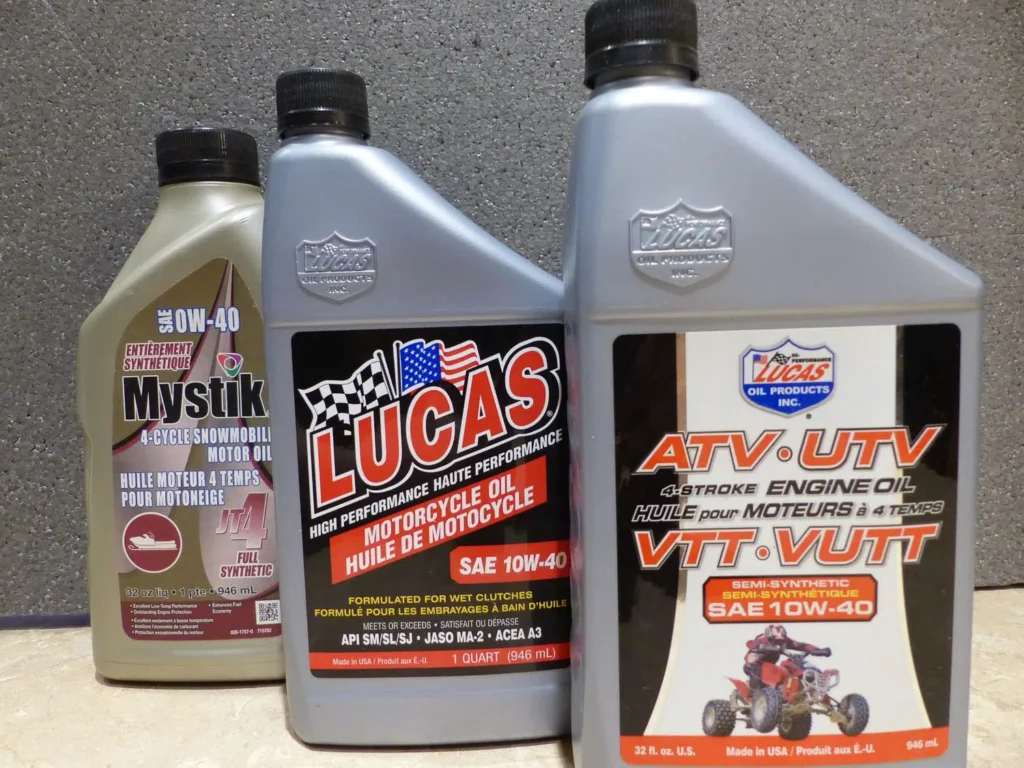The best oil for a 2-stroke engine is one with just enough fineness to lubricate parts quickly when starting the vehicle. However, when the car is constantly running, which causes the engine to heat up, the oil is also too diluted. The viscosity index will show the stability of the viscosity. Most of these numbers are rarely printed on the package, but you can completely use the API standard to gauge viscosity.
The higher the API, the higher the viscosity index. The highest API standard for 2-stroke lubricants is now TC. This standard shows that the 2-stroke oil you buy has passed the strict tests of lubrication, cleaning, dispersion, anti-oxidation… to help protect the engine in the best way.
API for diesel engine is designated as CA, CB, CC, CD. Current standard grades for diesel engines are CK-4, CJ-4, CI-4+, CI-4, CH-4 and FA-4.
In which, the last letter is used to distinguish the notes and is listed in alphabetical order, the next letter represents the highest note.
Although in classifying the quality of lubricants for gasoline and diesel engines, the American Petroleum Institute uses a variety of standards and criteria to create API lubricant grades. Depending on the development of the engine design, on average every 5 to 8 years, new API grades emerge to meet the lubrication requirements of the respective engine generation.
However, the API performance level does not determine 100% of the quality of the oil, the quality of the oil is determined by the type of base oil (mineral based, semi-synthetic or synthetic). For example, mineral oil with API of SN is always inferior to synthetic oil with API of SG. Because the base oil content is 95% – 99.9% of the oil. Thus, the quality of the base oil determines the quality of the oil (because the base oil dominates).

